Unraveling Fashion, Beauty, and Trauma in I May Destroy You
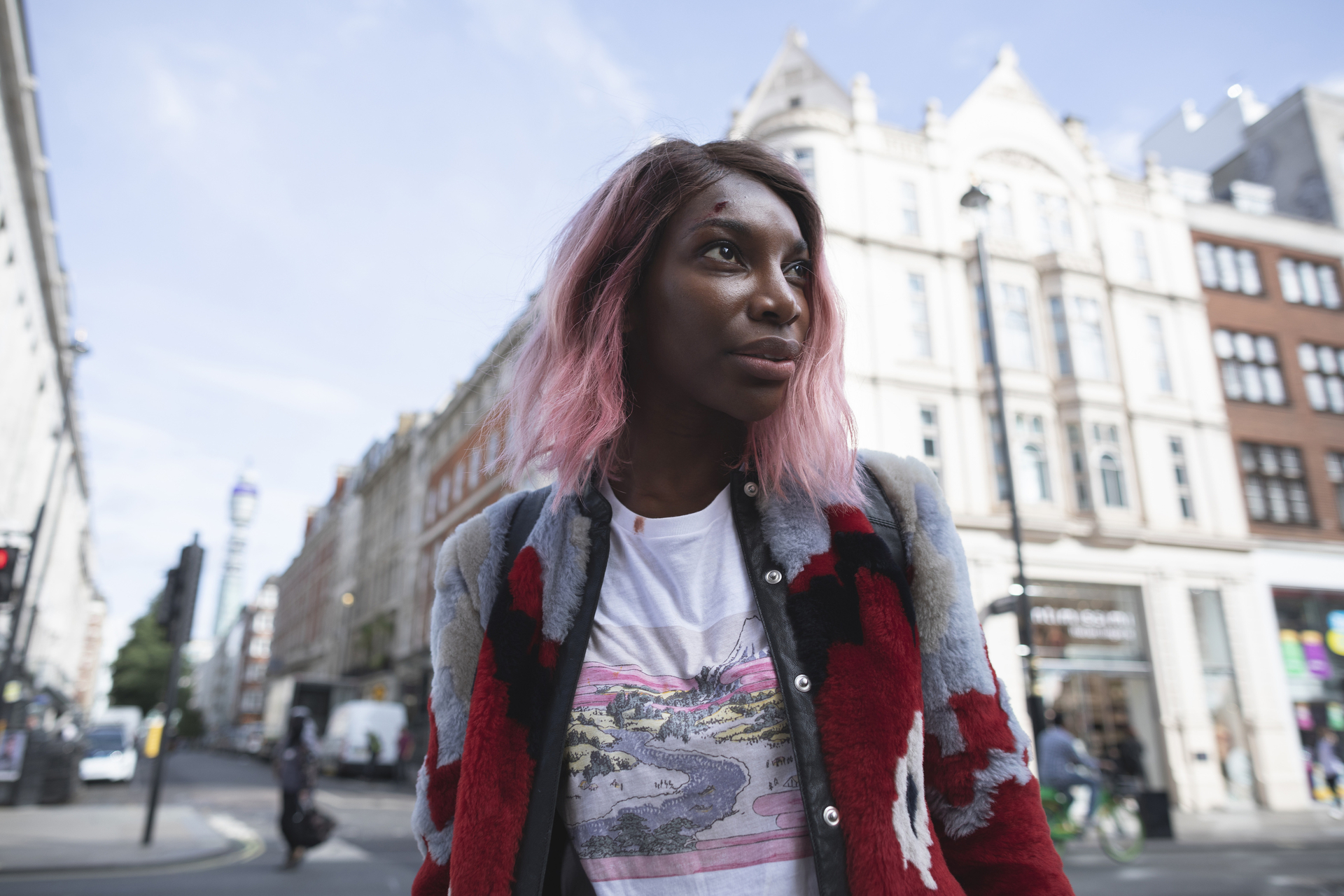
Beautiful art can arise from the ugliest circumstances. No matter the medium, creators have channeled their trauma into healing through music, dance, poetry, painting, and, of course, film and television. Thundering into the collective consciousness of our current stay-at-home culture is the HBO series I May Destroy You, which multiple critics have described as a theoretical "traumedy,” a subgenre reflective of our time.
Actor, writer, director, and now executive producer Michaela Coel created the BBC-produced series following her assault after her drink was spiked in a bar. Coel’s protagonist, Arabella, wrestles with the emotional trauma of processing sexual assault through the 12-episode series, which debuted early last month on HBO. Following the model set by recent prestige streaming series including Little Fires Everywhere and Normal People, episodes roll out one at a time. While binge-watching might be our new normal, trust me: You’re going to want to sit with each episode before diving into the next. Coel is an award-winning comedian, but this is heavy stuff.
As of publishing, only seven episodes are publicly available for viewing in the U.S. On one hand, I am jealous of those who are still watching Coel’s masterpiece unravel, while on the other, I feel incredibly lucky to have already finished the series thanks to advanced screeners, which I devoured in one self-imposed sleepless night. You see, my Zoom interview with Coel was the following morning, and I couldn’t imagine beginning that conversation without knowing how the series ended. So while I’ll avoid spoiling anything plot-wise that occurs after episode six (one of Coel’s favorites), we did discuss some of the fashion, beauty, and wellness-centric moments that take place over the duration of the series. If even that’s a bit too revealing for your viewing preferences, I get it, and I hope you’ll come back to this piece after the finale in August.
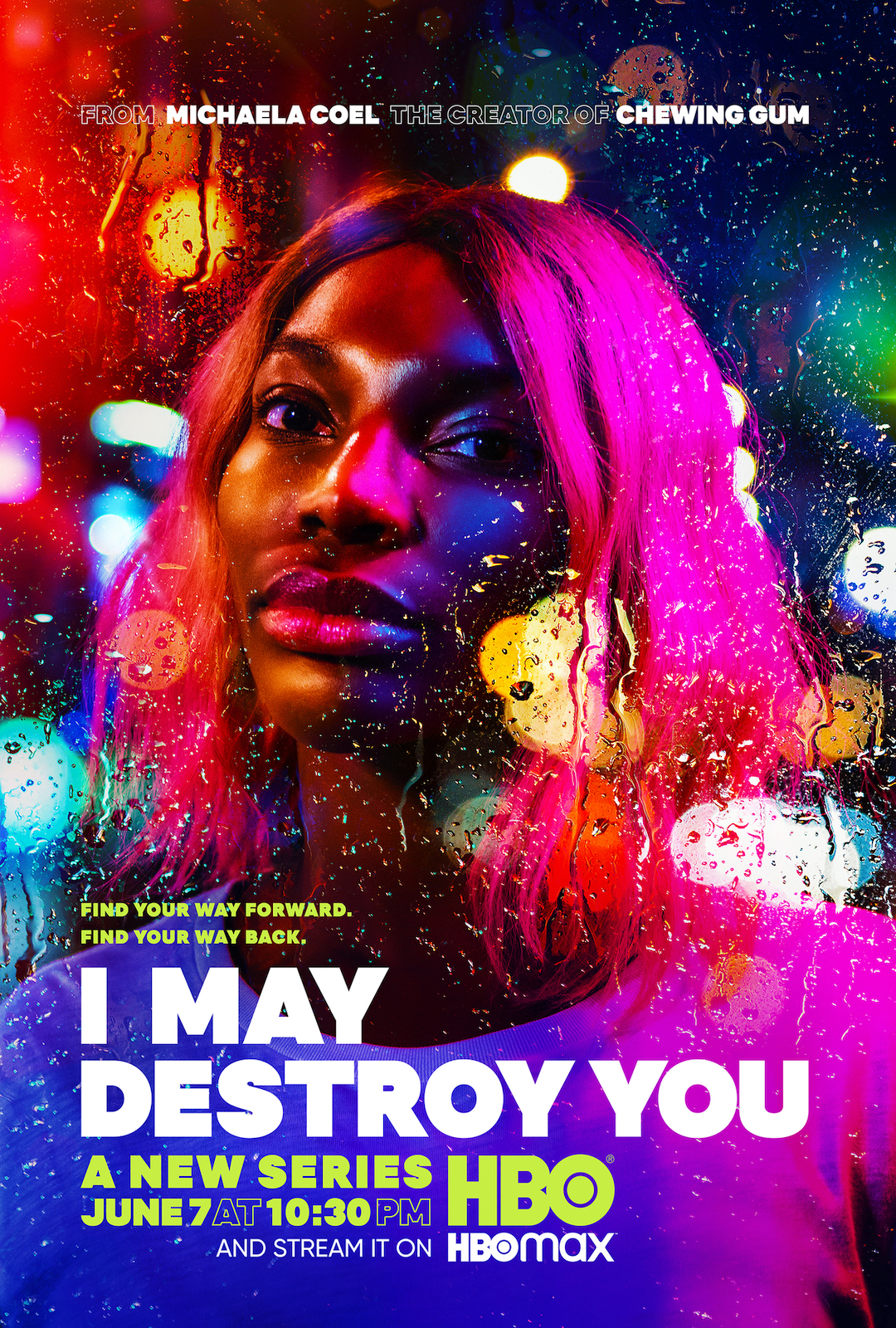
On Production
For those not already familiar with Coel’s work, the 32-year-old had her breakout moment in 2014 with her one-woman show, Chewing Gum Dreams, which debuted at the National Theatre in London. Following rave reviews of the play, Netflix approached Coel to adapt it into a series, which ended up ushering her character, teenage Tracey Gordon, onto screens and into hearts around the world in 2016. Devastatingly, it was while writing season two of Chewing Gum that Coel experienced the assault that led to the creation of I May Destroy You. While both series share similarities—the exploration of friendship, sexuality, and Coel’s creative genius, of course—the emotional takeaways for viewers are profoundly different: Chewing Gum made me laugh so hard I cried; I May Destroy You made me think so deeply that I couldn’t sleep.
Two of the critical differences, however, are not actually tied to the narrative of either story. Rather, they stem from the agency Coel had as an executive producer on I May Destroy You and the fact that she retained ownership of her creation. "I had a brilliant time making Chewing Gum,” Coel recalls. "But I knew that in order to … create this story, I would have to fight a lot.” She laughs, noting, "With I May Destroy You, I didn’t require any fighting techniques, so that was good.” In fact, the BBC, which produced the series, presented Coel an offer she couldn’t refuse. According to Coel, she approached this project with a different mindset. "I was very lucky this time around because I knew that I was valuable and that if I pressed for something, the show couldn’t go on without me,” she shared.
Despite having honed her "fighting techniques” on previous projects, the BBC proved to be an unnecessary sparring partner. Not only was the BBC happy for Coel to write the entire series, but it also wanted her to star in it, direct it, executive-produce it, and maintain ownership rights over the original content. "This was a dream. … They really gave me what I needed, which is still quite hard to fathom,” she says, smiling. In addition to having more agency behind the camera, Coel advocated for both a full-time therapist on retainer for cast and crew members as well as an intimacy director, Ita O’Brien, to create a safe and supportive atmosphere on set.
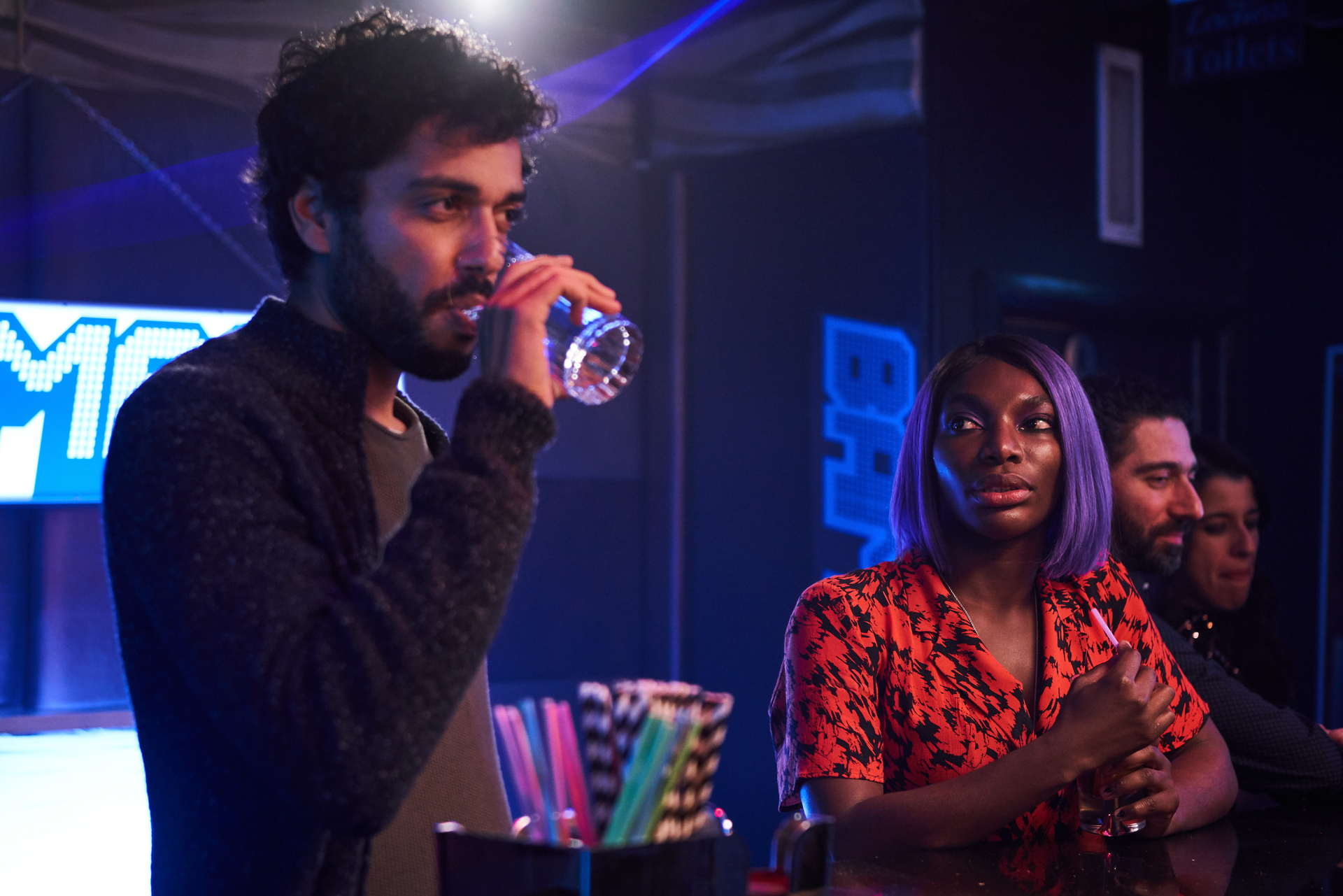
I noticed O’Brien’s name in the credits, prompting me to ask Coel if she had ever worked with an intimacy director before. She hadn’t, and neither had Weruche Opia, the actress who plays Terry, Arabella’s best friend. "I’ve seen how complex things can get when you don’t have an intimacy director,” Coel explains. After first learning about O’Brien from an article in The Guardian, both Coel and her co executive producer, Phil Clarke, felt that this off-screen role would be an essential element of the show, particularly given its subject matter. "It’s not just sexual intimacy,” Coel explains, "Some of it is sex without consent.”
O’Brien, who also worked on Hulu’s Normal People, played a significant part in empowering actors on set. This included Opia, who opted to use a body double for her character’s sex scene. "[O’Brien] was very inclusive,” recalls Opia in a separate Zoom interview. "She showed me what Terry would be doing as my character and made sure I was comfortable with what was being shown. I felt respected, and I felt heard,” Opia affirms, concluding, "I think it’s essential in filming scenes that are so intimate and vulnerable. I think it’s a brilliant idea and should be an industry standard.” Coel concurs, noting that it was important to her to create an environment in which her colleagues were supported. "You may be empowered [by O’Brien] to do the scene, but you’re also empowered to say I don’t actually want to do this,” she explains. "I love the fact that [Opia] felt she could express that. … To have that happen was incredible.”
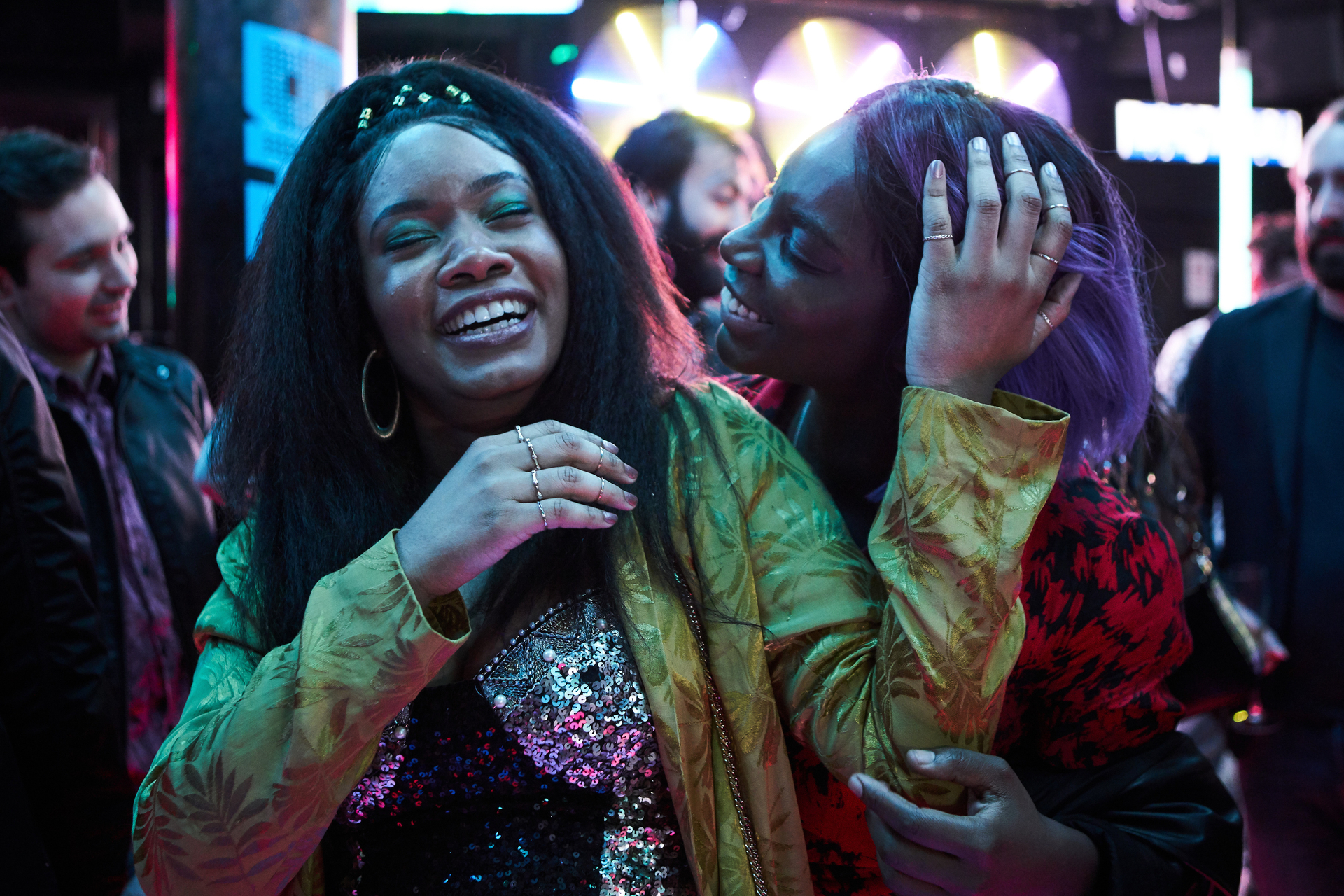
On Beauty
In addition to new standards of ownership, agency, and emotional support behind the scenes, I May Destroy You also engages in both subtle and overt conversations about beauty. This is most notable—and commendable—in episode two when Terry, an aspiring actor, auditions for a millennial women’s beauty company commercial. Watching Terry have to explain her hair—an exceptional wig—and then be asked to take it off by two white cisgender female casting executives is gut-wrenching.
Reflecting on that scene, Opia recalled how she felt both as herself, a British Nigerian actress, and as the character Terry. "That scene highlights a lot of ignorance in the industry and in general,” began Opia. "It also serves as a way to educate people on what microaggressions are and what not to say to someone, while also encouraging people who are victims of microaggressions to be confident enough not to be pressured into doing anything they’re not comfortable with,” she explained.
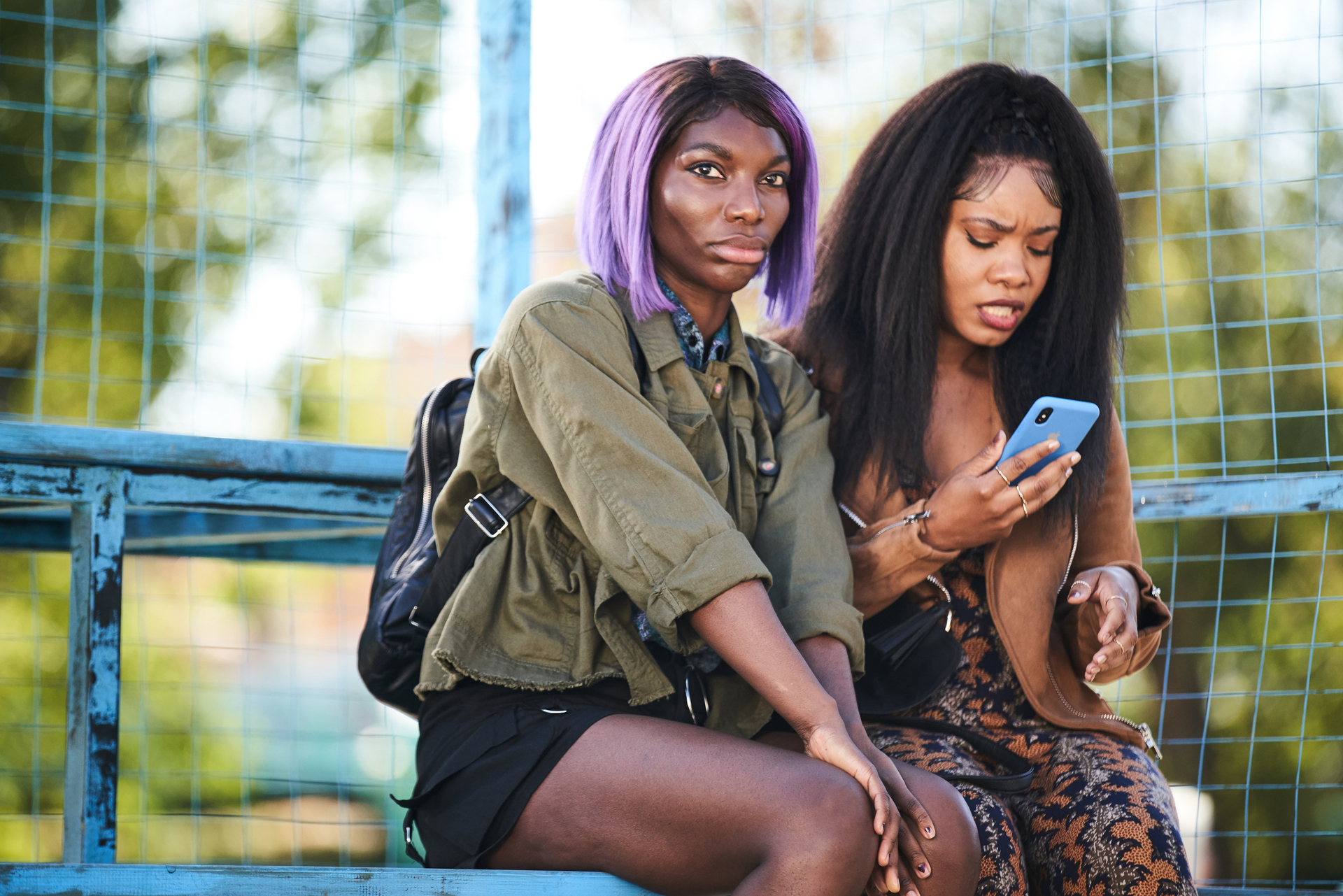
Hair, both of the natural and synthetic varieties, plays a significant role in Arabella’s healing journey. As the story progresses and through a few flashbacks, we see Arabella with her natural hair, in protective styles, and at least three different wigs. Of course, we meet Arabella when she has pink hair, as seen in the series’s key art and promotional images. This introduction to the protagonist is more intentional than it may seem. "I always wanted her to have pink hair in the beginning,” says Coel. "There’s something about this trope of femininity that I was quite interested in,” she explains, also noting that the cut and specific shade of pink are deliberately dissonant. "My head of hair and makeup, the amazing Bethany Swan, actually worked hard to find a pink that didn’t suit my face.”
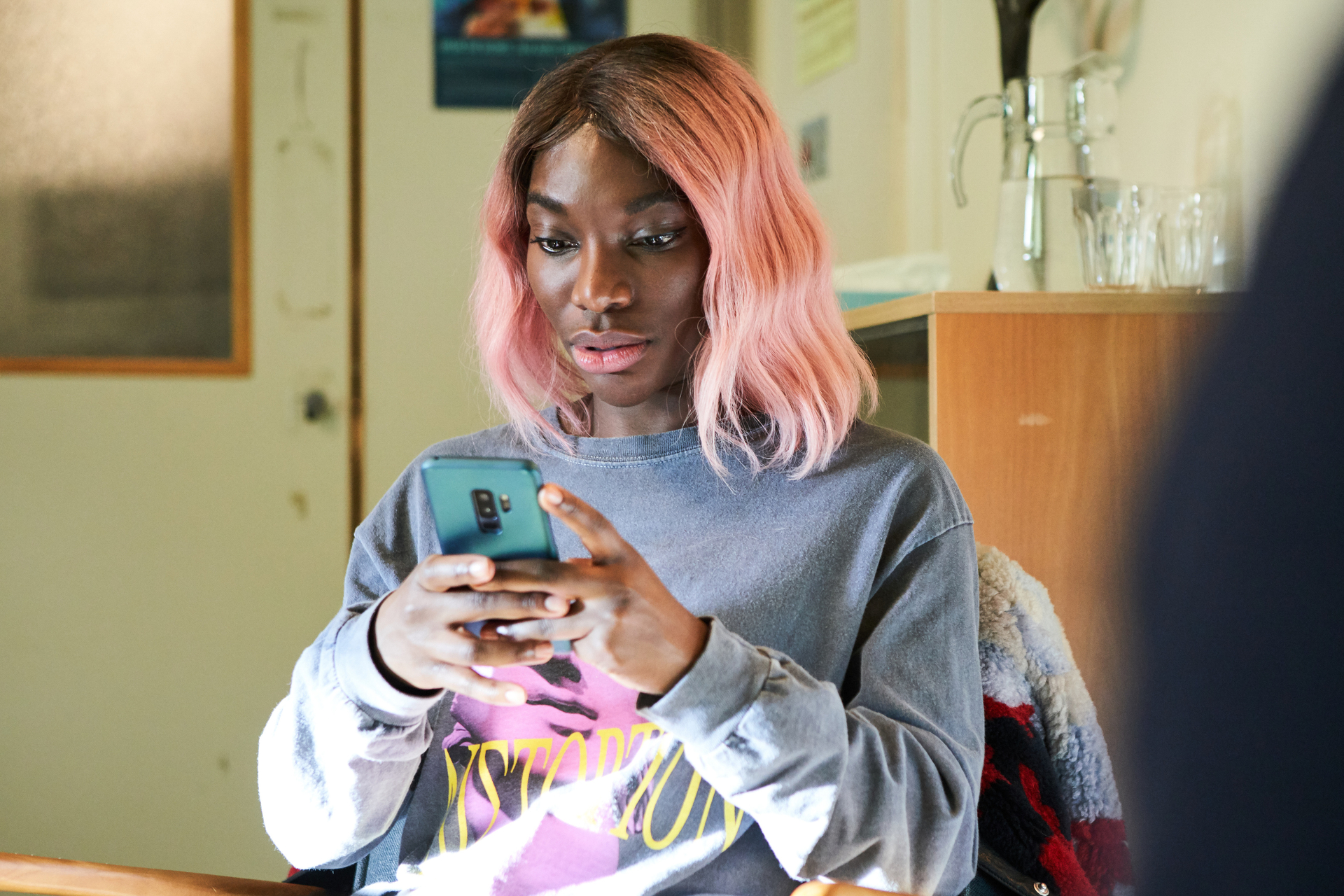
"The specific shade was actually going against the hue of my skin, and this was intentional,” she shares, also pointing out that the wig itself starts to deteriorate as the plot progresses. In fact, there is a brief-but-affirming scene later on in which Arabella has a much better experience discussing her hair with a beauty professional, but I won’t spoil it here.
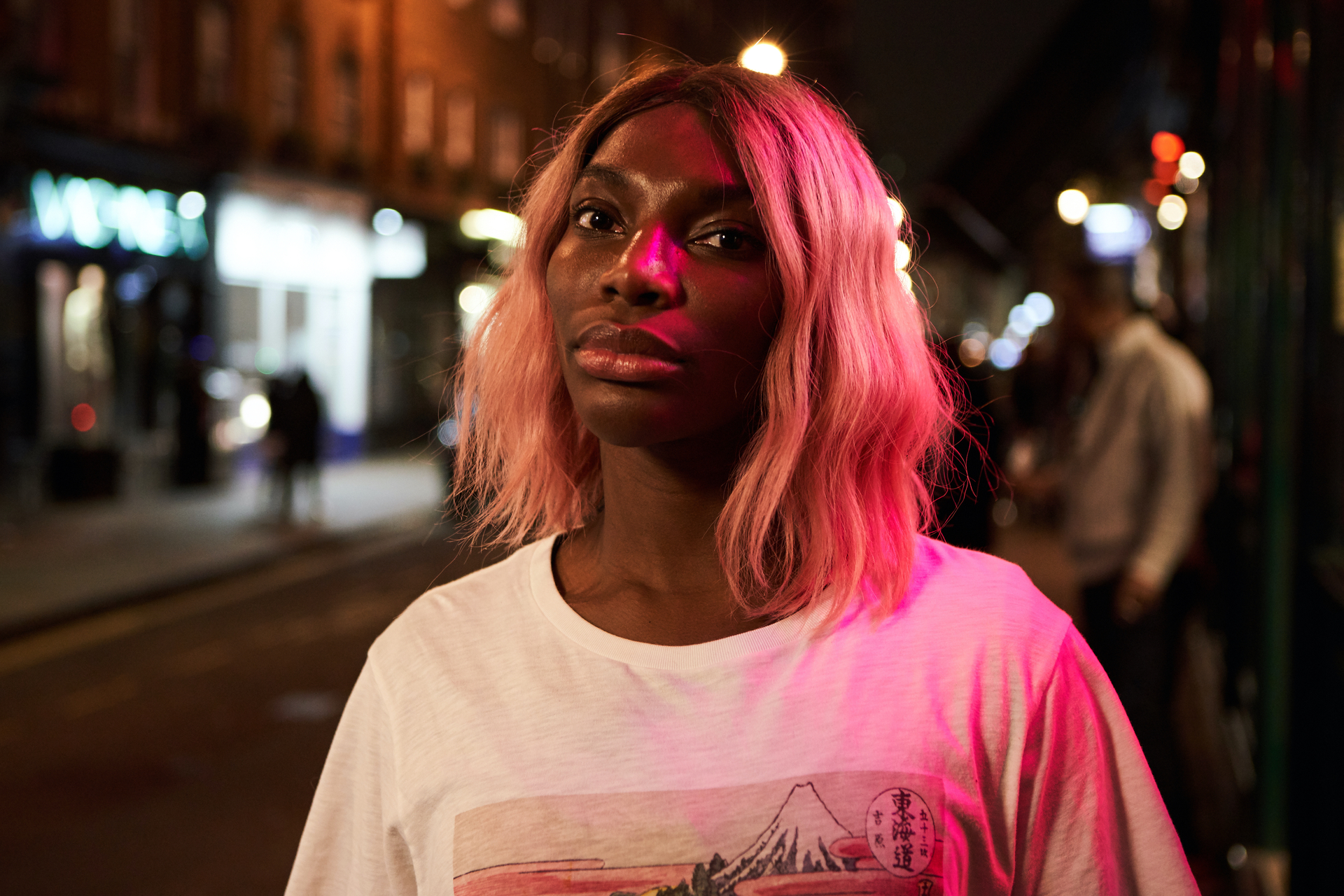
On Fashion
Expanding upon the aesthetic choices made to convey her character’s state of mind, Coel points out that in addition to her various hairstyles, Arabella’s wardrobe undergoes dramatic changes as well. We meet her on the evening of her assault in what are essentially sweatpants and a graphic T-shirt. "What I liked about her going out in these half pajama-like clothes is this idea that she’s not ready. She’s not ready to leave the house, she’s not ready to finish her script, she’s not ready to be attacked, she’s not prepared for anything,” recalls Coel. "That’s a huge part about Bella: She’s not prepared for the world around her.”
In fact, combat boots and various fuzzy cardigans appear to be the only two constants in Arabella’s wardrobe, each worn at critical moments in her narrative. Despite Coel and her colleagues favoring Arabella’s more polished, designer outfits worn in episodes seven and eight, it was this combination of soft and hard staples that reflects the character’s truest nature. "She’s constantly toying with her image trying to figure out who she is,” Coel points out.

Reflecting on the entire series, Coel muses, "It’s comfy and strong at the same time, so she’s still got that soldier-like thing that she’s gathered up over the episodes, but she also has this kind of comfort and relaxation with the cardigan.” She pauses, mulling over a specific, incendiary scene in episode five, then says, "It makes me feel like she’s being the strongest person in the world. She’s being the hero, but also, she’s incredibly vulnerable, and that’s the soft cardigan, isn’t it? It’s nice to see those two things together.”
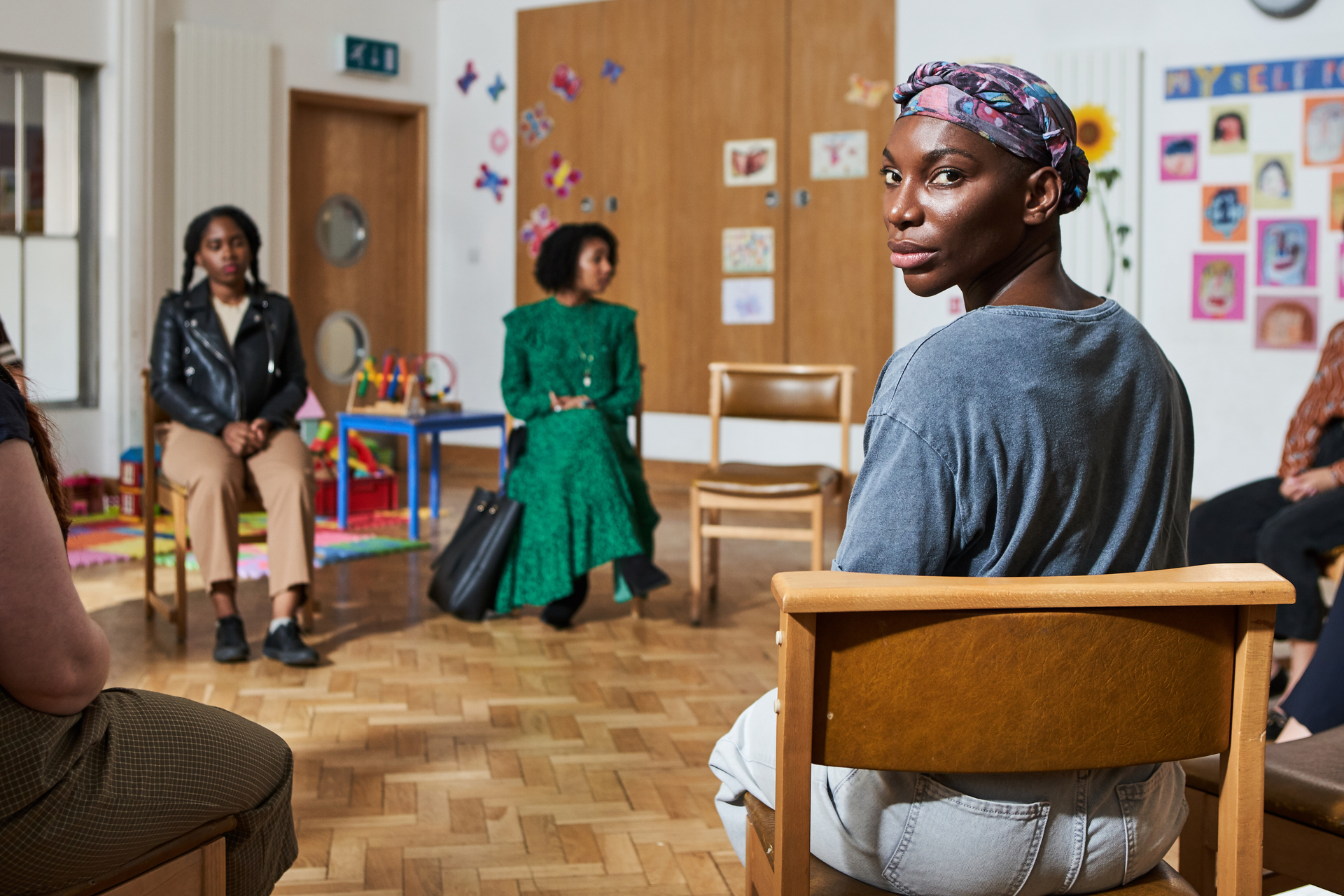
Like the multi-hyphenate Coel, Arabella is all the things: soft, strong, smart, scarred, and deeply determined. As we start thinking about fall fashion trends, and hopefully, the reopening of cities around the world, I wonder if a similar sense of perceived strength and lingering vulnerability will make its way into our wardrobes. Something cozy that lulls us into a peaceful state of mind after long days out in the world. Until then, we’ll continue moving through life with the aid of protective masks, toasting to good health with friends and colleagues from afar, and reveling in the simplicity of a restful night.
Up Next: Hollywood's Costume Designers Share the Secrets to Creating Authentic '40s Style
Drew Elovitz is originally from Pittsburgh, Pennsylvania, but has spent the last decade living and working in New York City. She earned a master's degree in media and popular culture from New York University, then began her career on the internet as the Twitter voice of Barbie. She worked previously atBest Knockoff Luxury Clothing as the director of content strategy and also spent several years leading the social media teams at Teen Vogue and Entertainment Weekly. You'll find her byline on the site around topics such as celebrity fashion, must-have basics, beauty favorites (particularly nail polish), and wellness tips and tricks.